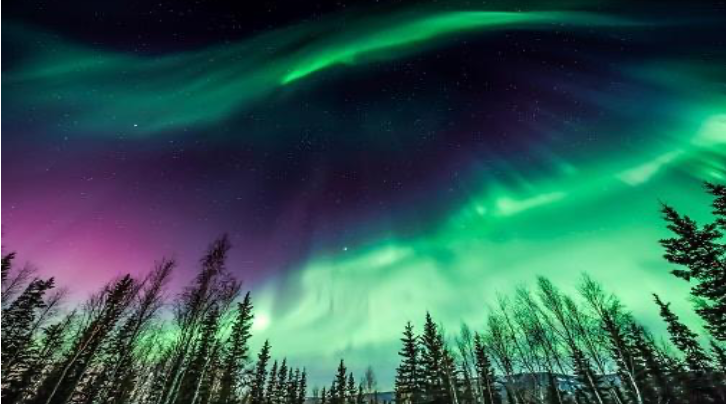Iowa, June 11: The northern lights (also known as aurora borealis) is a phenomenon that occurs in the earth’s high altitude regions. It is a pattern of coloured lights visible at times in the sky during the night. Recently, scientists from the University of Iowa decoded the reason for the occurrence of the northern lights. The article published in the journal Nature Communications states that the northern lights appear when disturbances on the sun pull on Earth’s magnetic field. The disturbances on the sun have the potential to attract the Earth’s magnetic field towards it. When the Earth’s magnetic field bounce back to the Earth, Alfvén waves (a type of magnetic waves in which the charged substance called the ions vibrate in response to the force from the magnetic fields) are created. They launch electrons at high speeds into the Earth’s atmosphere.
When these electrons hit the Earth’s upper atmosphere, they collide with nitrogen and oxygen molecules present there. The collision leads to energy being transferred from the electrons to the nitrogen and oxygen molecules, which excites them. The excited molecules have electrons in them, which absorb a particular light since they have extra energy. The excited electrons in nitrogen and oxygen molecules eventually calm down and release light complementary to the light they absorbed, which we see as the aurora.

Image from Pixabay

